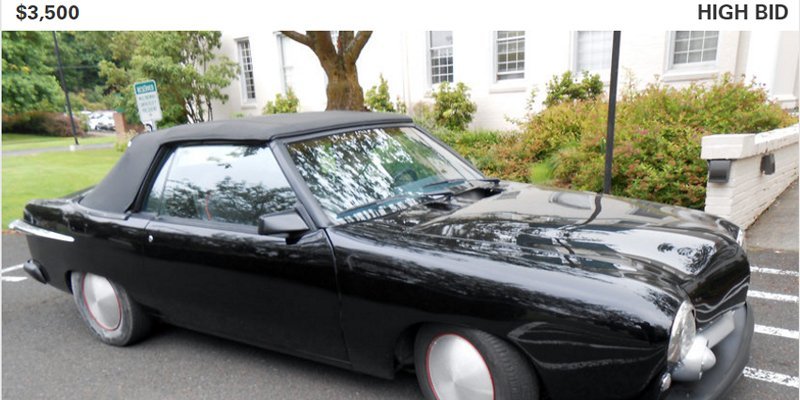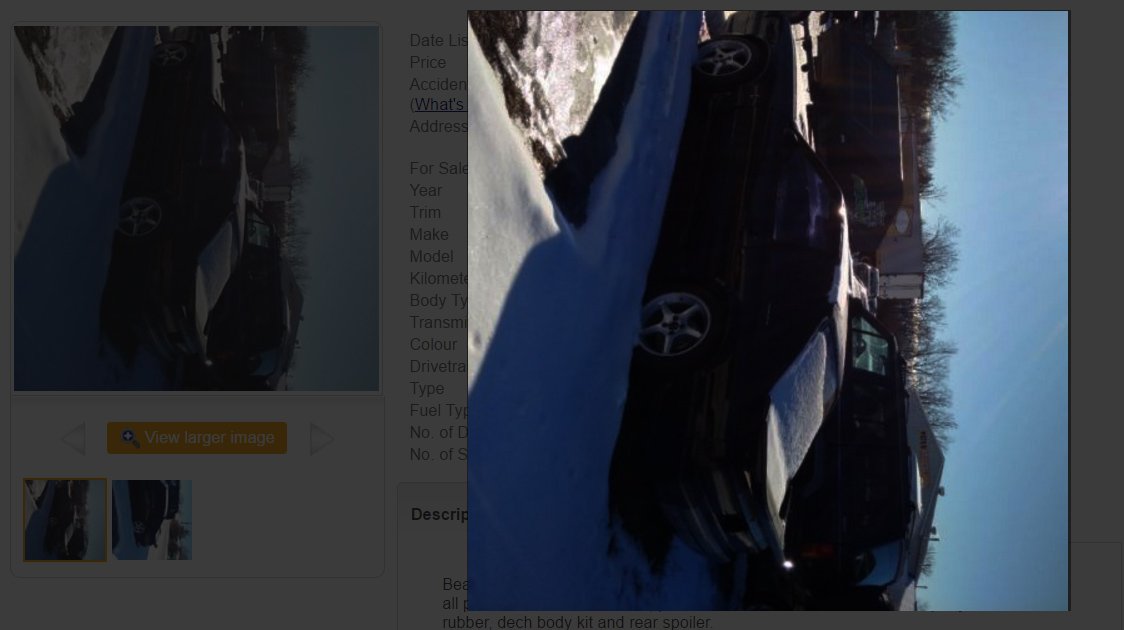No doubt buying a fox body Mustang can be a pain, with rising prices, clean untouched ones getting harder to find and some dubious sellers hiding problems. I hope this video guide of fox Mustang buying can help out. Also download a 50 point Fox Mustang buying inspection. It can help you be consistent when doing your search and hopefully allow you to make an objective decision. Keep in mind, this is a starting point, I may have left some things out like making the glass is in tact, trim, alignment and all that.
Good Ideas
A couple of additional tips:
- Bring a good flashlight
- Check the car on a bright sunny day
- Try and get access to a hoist in the area to view under the car
- Bring a friend! A second pair of eyes is always a good idea
- Keep emotions out of it, sometimes we get excited and “not see” the problems with the car
Problem Areas to Look At
The 80’s wasn’t known for great sheet metal but the fox Mustang doesn’t have too many trouble spots:
Lower rad support: Often a tad beat up but could be rusted pretty badly.
Frame rails: Under the strut towers where the frame rail connects is a very bad spot. If the strut towers are rotted, I’d stay away.
Metal around door hinges: Rust can appear in that area, open the doors and check for it. Leafs and other junk can collect on the bottom of the fender and can rot out the area pretty bad. Sometimes the sun roof cars have issues there too.
Metal lip on the bottom of doors: The drains often clog and collect water causing the metal rust inside-out. Check for the seam (where the panel folds) on the inside bottom of the door.
Floor pan: The pans themselves don’t rot out often but the seams are pretty easy to rot out, where the two pieces are spot welded. There are two seams, at the front under the firewall and in the back right before the rear seat bottom.
A-pillars: No so much a rust issue but they do tend to crack and an opportunity to find some bondo.
Sunroof cars: There are drain holes and pipes for the sunroof, sometimes these get clogged and can cause rust around the corners.
Torque boxes: Check for cracks and rust around the torque boxes (where the control arms connect to the unibody).
Quarter panels: Carefully run your fingers on the inside of the rear wheel well, it should be smooth, free from rust and/or bondo.
Trunk: Trunk is rarely rusted, except maybe the convertibles.
Structure above the gas tank: The “frame” that runs above the gas tank can be rusted, unlikely but easy to check. Also if the rear bumper is all lumpy, chances are the little metal reinforcement rail is rusted or even gone.
Heater Core: Check for leaks because installing a new heater core involves removing the dash and can take up to 4 hours. The non-AC “4 eye” interiors can be done from the glove box and not as much of a pain.
50 Point Inspection for buying a foxbody Mustang
The fox Mustangs are pretty simple and you can pretty easily identify the good from the bad, their main and most expensive rust areas are the frame rails you can see in the engine bay and in the strut tower and torque boxes where the lower control arms connect to the chassis. Download the easy to print 50-point inspection PDF document >
- Lower rad support straight and no rust
- Frame rails, no rust or signs of rust
- Strut towers are clean, no rust or surface rust
- Frame around door hinges are clean
- Metal lip on the bottom of doors, untouched, no rust and still has factory theft VIN labels
- Floor pans aren’t rusted
- Seams around floor pans aren’t rusted (front and back, both sides)
- A-pillars (top of windshield corners) no cracks or rust or signs of bondo
- Sheet metal inside cowl, no rust or signs of bad paint work
- Around sunroof (if any) no rust
- Torque boxes are clean, not rusted or cracked
- Quarter panels aren’t rusted
- Trunk floor no signs of rust
- Structure above the gas tank, no rust
- Rear bumper reinforcement, no rust
- Coil springs not broken
- Shocks/struts good, not leaking
- No oil leaks on rack-n-pinion steering
- No leaks under oil pan, oil seal
- No oil leaks in diff
- No oil leaks at the transmission
- No signs of leaks in the braking system
- No patch jobs on the brake or fuel lines
- Interior has all parts
- Aftermarket sound or alarm system wiring, doesn’t look butchered
- Carpet is in decent shape
- Ashtray door, arm rest compartment lock and map light work (tri-factor on a fox)
- Seats aren’t burnt, stained or broken
- Headliner not stained or burnt
- Sun visors work
- Instrument panel lights work, not scratched up
- Coolant leak signs on passenger side
- Seat belts retract
- Engine cooling system is clean
- Engine oil looks clean
- No signs of water in oil (oil filler cap, oil dip stick)
- Starts, runs until operating temp and starts easily
- Check engine light isn’t on (may be burnt out too)
- Clutch works fine, no noises
- Engine bay is complete (plastic covers, wiring)
- SMOG is still working (air pump, bypass valves, TAB/TAD solenoids)
- Has catalytic convertors (factory had 4 but it’s okay to still have 2)
- Tires aren’t cracked or oddly worn
- Drives straight
- No vibrations
- No noises when accelerating, turning or stopping
- Brakes work fine (for a stock fox)
- E-brake works
- Headlights, taillights work (brake, flashers, high beams, etc…)
- Wipers work (including windshield washer – I wouldn’t test this on a super clean fox though, ask)
Mechanical Stuff
Mechanically speaking, these cars are extremely simple. Engine, cooling, transmission, brakes, etc… are pretty basic and straight forward. Check for oil leaks, blown head gaskets (typical signs are brown muddy coolant and white sludge in the oil cap), spongy brake pedal, etc…





Thanks man… That video was well worth the watch! Very helpful, I’m looking to buy a fox Mustang and there’s a lot of crap out there. This helped me a lot in learning what to look for.